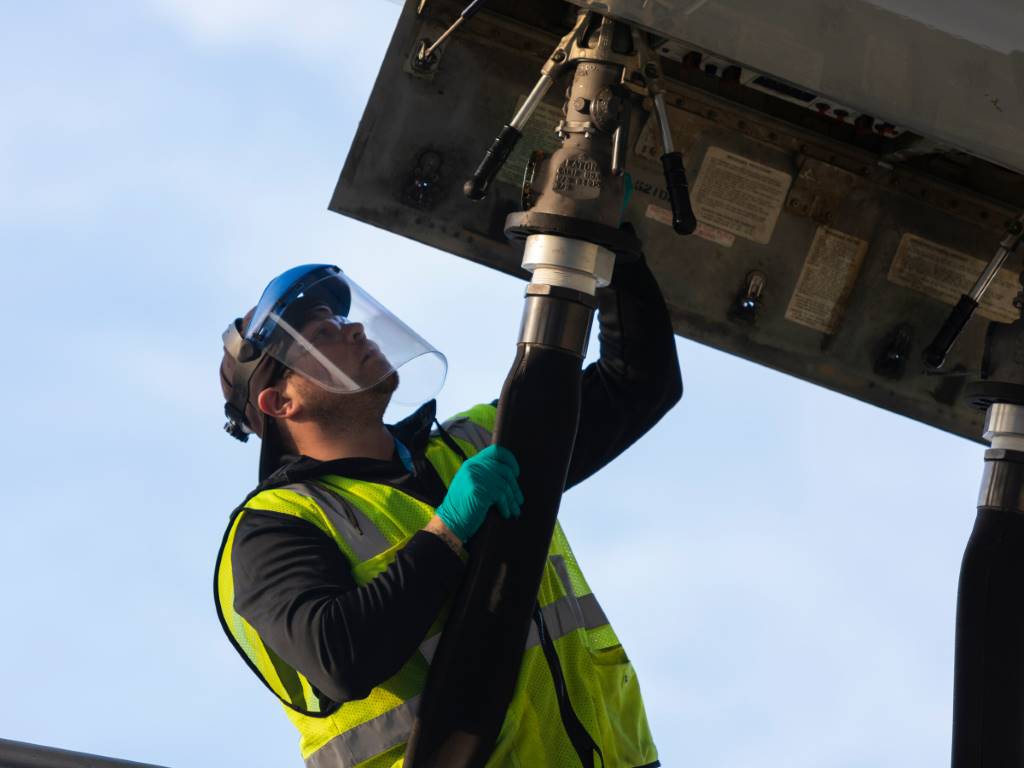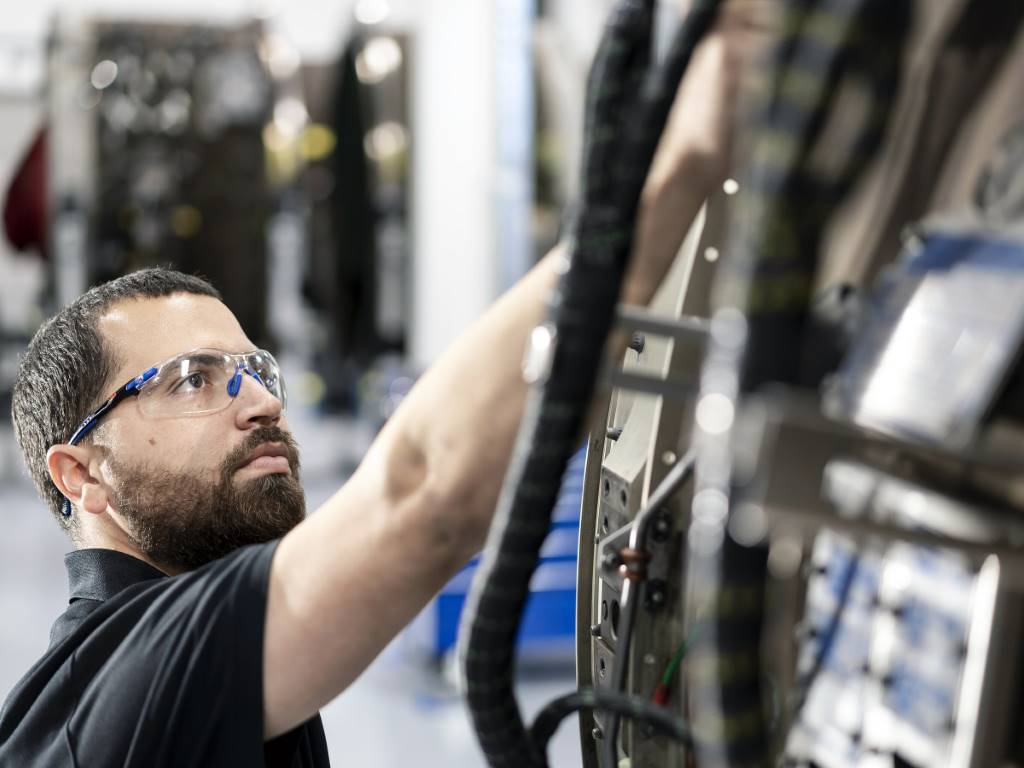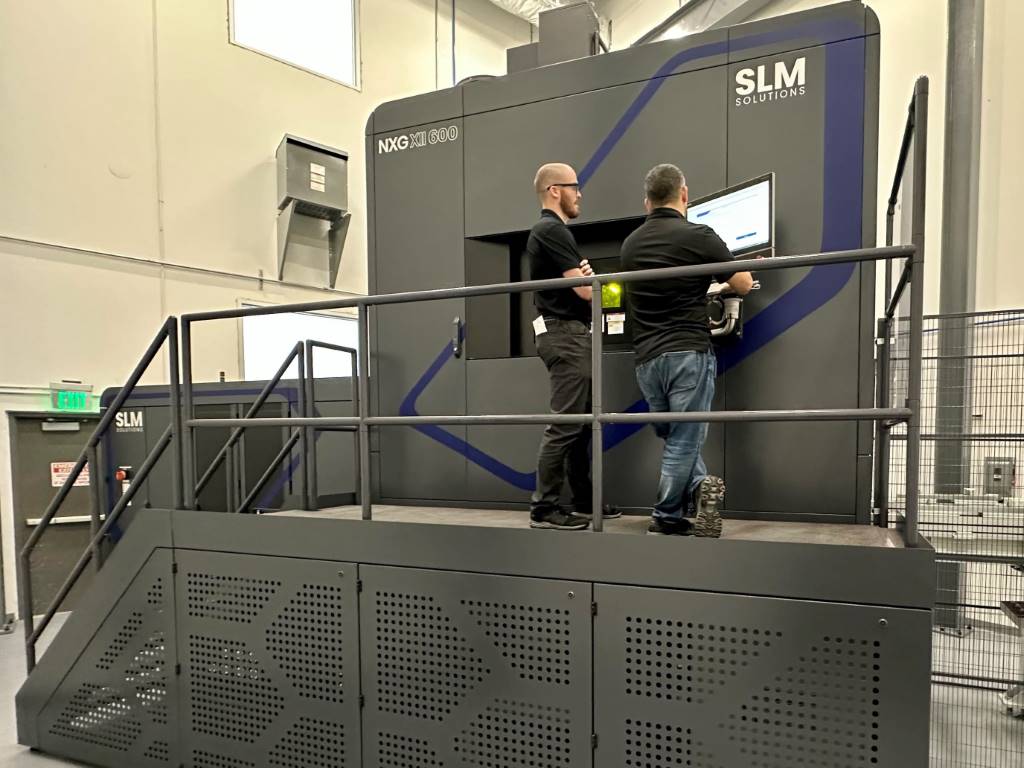Protolabs launches 3D printed cobalt chrome for aerospace

3D printed cobalt chrome, a new material from Protolabs, offers the aerospace industry previously impossible part designs in this tough super alloy.
Cobalt chrome is well known for its high strength to weight ratio and high creep and corrosion resistance. It is also very hard wearing and can withstand temperatures of up to 600°C making it ideal for aerospace applications.
Andrea Landoni, 3D printing product manager for Protolabs, said: “Cobalt chrome is one of the toughest materials known and can be polished to an extremely smooth surface. The advantage of 3D printing it is that we can manufacture any shape or geometry that you want, whether it is for an unusual geometry or to save weight.”
The 3D printing process used by Protolabs, direct metal laser sintering (DMLS), can produce very fine resolution parts down to a minimum feature size of 1.00mm with a minimum wall thickness also of 1.00mm.
DMLS uses a computer-controlled, high power laser beam to melt and fuse layers of the metallic powder together. The company can produce parts using the process in as little as a day, which they claim makes them the fastest digital manufacturing company in the world.
Landoni continued: “One of the problems of cobalt chrome is that it is so hard wearing that it is very difficult to produce parts from it using other processes such as CNC machining. The properties of parts produced by DMLS are also equal to or better than those of wrought materials and the process is ideal when the geometry or structure of a part is simply not possible using any other process.
“3D printing is also ideal for rapid prototyping if you need to test a new part for both form and function. The production process is rapid, from uploading the design via our website you will typically get a quote back within a few hours. Once approved, the part can then be produced for shipping in as little as a day. When you contrast this to the several days or even weeks quoted by other suppliers, then you can dramatically shorten your development and product lead times.”













